Gender Identity in Schools Among Topics at Connecticut School Health Issues Conference
/The keynote address “When Boys Will be Girls: Getting A Grip on Gender” will greet attendees – school nurses and school health officials from across Connecticut - attending the 38th Annual School Health Conference on Thursday in Cromwell. “Critical Issues in School Health 2016,” a two-day conference, will have expert presentations on issues ranging from absenteeism to infectious diseases, food allergies to mental health. But no issue has grown in attention and interest recently than how to respond to LGBT students in the school setting.
The conference is coordinated by the Connecticut chapter of the American Academy of Pediatrics with the assistance of the Association of School Nurses of Connecticut. 
The keynote will be given by Robin McHaelen, MSW, founder and executive director of True Colors, a Hartford-based non-profit organization that works with social service agencies, schools, organizations, and within communities to ensure that the needs of sexual and gender minority youth are both recognized and competently met. McHaelen is co-author of several books and articles on LGBT youth concerns, and has a national reputation as a thought leader in LGBT youth concerns, programs and interventions.
In her presentation, titled “When Pink and Blue Are Not Enough,” McHaelen offers suggestions on working with LGBT students, and seeks to increase “understanding, knowledge and cultural competency regarding LGBT students,” while identifying issues of “risk, challenge and strengths specific to LGBT youth.” She also will point to “opportunities for intervention that will ensure appropriate care within a safe, affirming environment.”
Among the recommendations: offer gender-neutral bathroom options, always use the patients’ chosen name and chosen gender pronouns, and “recognize that there are additional stressors (and that there may be significant feat on the part of) transgender patients.” 
McHaelen will be offering a similar presentation at the New England School Nurse Conference, to be held in late April in Mystic, hosted by the Association of School Nurses of Connecticut. The president of the Association is Suzanne Levasseur, Supervisor of Health Services for the Westport Public Schools. The New England affiliates include Massachusetts, Vermont, New Hampshire and Maine. The conference theme is “Waves of Change, Oceans of Opportunity.”
Lesbian, gay, bisexual, and transgender students are the targets of bullying, harrassment, and disproportionately high discipline rates at school, researchers have pointed out. But without consistently collected, reliable, large-scale sources of data, it's difficult to track the extent of those problems or the effectiveness of proposed solutions, a group of researchers at Indiana University said in a briefing paper released this week.
Expanding existing federal surveys on youth safety and well-being to include more questions about gender identity and sexual orientation could provide a clearer picture, according to the researchers, noting that “if you don’t measure it, you can’t improve it.” They suggest addressing the data gap by adding discipline and harassment items to existing health surveys that currently include measures of sexual orientation and gender identity, such as the Youth Risk Behavior Survey, collected by the Centers for Disease Control and Prevention.
“Although these measures provide more specific information about sexual orientation and in some cases gender identity, they do not provide sufficient information about the specific negative outcomes experienced by LGBT students,” the research paper points out. They conclude: “the availability of data documenting the experiences of LGBT students is a civil rights concern, and the expansion of data collection efforts to include sexual orientation and gender identity is a critical next step in ensuring the rights of LGBT and all students to participation and protection in school.”
The mission of the Association of School Nurses of Connecticut is to support, assist and enhance the practice of professional school nurses in their development and implementation of comprehensive school health services that promotes students' health and academic success. The Connecticut Chapter of the American Academy of Pediatrics has over 600 active members committed to both improving the health and safety of Connecticut's children and supporting those who provide care to these children.


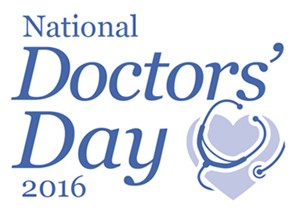



 In Connecticut, a person is guilty of trafficking in persons when such person compels or induces another person to engage in sexual contact or provide labor or services by means of force, threat of force, fraud or coercion. Anyone under the age of 18 engaged in commercial sexual exploitation is deemed a victim of domestic minor sex trafficking irrespective of the use of force, threat of force, fraud or coercion.
In Connecticut, a person is guilty of trafficking in persons when such person compels or induces another person to engage in sexual contact or provide labor or services by means of force, threat of force, fraud or coercion. Anyone under the age of 18 engaged in commercial sexual exploitation is deemed a victim of domestic minor sex trafficking irrespective of the use of force, threat of force, fraud or coercion.
 ices to bring in new customers.”
ices to bring in new customers.” dversely impact patient costs and access to care. "Goliaths will not benefit consumer choice," he said. The Society opposes the merger, as do the other organizations in the coalition. They indicated that a fair, open, transparent review process would make it more difficult for the merger to be approved as being in the public interest.
dversely impact patient costs and access to care. "Goliaths will not benefit consumer choice," he said. The Society opposes the merger, as do the other organizations in the coalition. They indicated that a fair, open, transparent review process would make it more difficult for the merger to be approved as being in the public interest. The need for stronger action is underscored by recent statistics. In Connecticut, one of every three kindergartners is overweight or obese, as is one of every three low-income children. Children who are overweight or obese are more likely, according to the policy brief, to have:
The need for stronger action is underscored by recent statistics. In Connecticut, one of every three kindergartners is overweight or obese, as is one of every three low-income children. Children who are overweight or obese are more likely, according to the policy brief, to have: A number of the proposals have been successfully implemented in other jurisdictions, including states and cities. Marlene Schwartz, Director of UConn's Rudd Center for Food Policy and Obesity, noted that Connecticut has long been a leader in providing nutritional lunches in schools, and said that now the state’s attention needs to move to the earlier years of childhood. “The field has realized that we need to start even earlier,” she said. Rudd also indicated that determining "policy changes that might help reduce the disparities" in Connecticut, which are apparent in race, ethnicity and socioeconomic data, is also essential.
A number of the proposals have been successfully implemented in other jurisdictions, including states and cities. Marlene Schwartz, Director of UConn's Rudd Center for Food Policy and Obesity, noted that Connecticut has long been a leader in providing nutritional lunches in schools, and said that now the state’s attention needs to move to the earlier years of childhood. “The field has realized that we need to start even earlier,” she said. Rudd also indicated that determining "policy changes that might help reduce the disparities" in Connecticut, which are apparent in race, ethnicity and socioeconomic data, is also essential.
 The recommendations, described as “affordable, achievable, common sense measures,” were prepared for CHDI as part of a grant to the UConn Rudd Center for Food Policy and Obesity, funded by the Children’s Fund of Connecticut. The author was public health policy consultant Roberta R. Friedman, ScM.
The recommendations, described as “affordable, achievable, common sense measures,” were prepared for CHDI as part of a grant to the UConn Rudd Center for Food Policy and Obesity, funded by the Children’s Fund of Connecticut. The author was public health policy consultant Roberta R. Friedman, ScM. IMPACT “Preventing Childhood Obesity: Maternal-Child Life Course Approach” in 2014. The report reviewed scientific research on the causes of obesity and explored implications for prevention and early intervention. In 2015, the Children’s Fund of Connecticut funded four obesity prevention projects in Connecticut that addressed health messaging, data development, policy development and baby-friendly hospitals.
IMPACT “Preventing Childhood Obesity: Maternal-Child Life Course Approach” in 2014. The report reviewed scientific research on the causes of obesity and explored implications for prevention and early intervention. In 2015, the Children’s Fund of Connecticut funded four obesity prevention projects in Connecticut that addressed health messaging, data development, policy development and baby-friendly hospitals.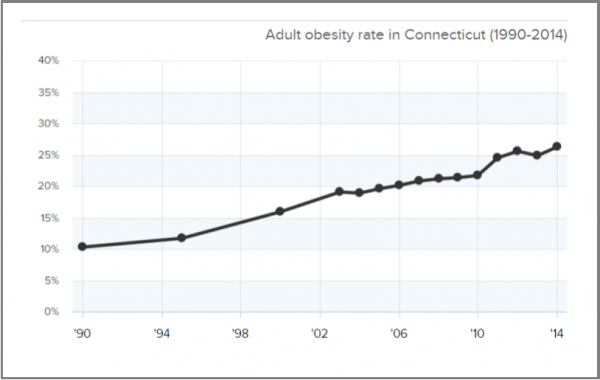
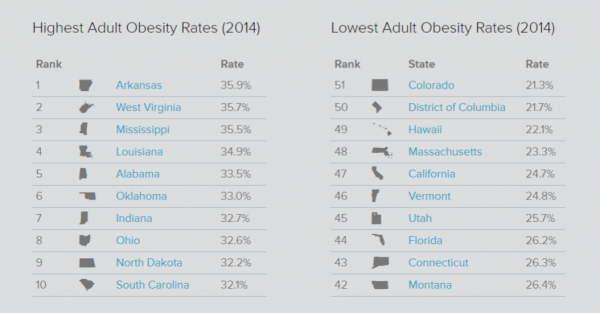
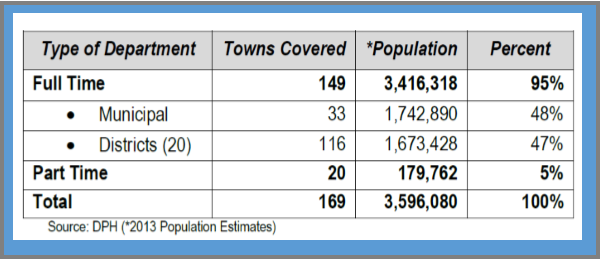
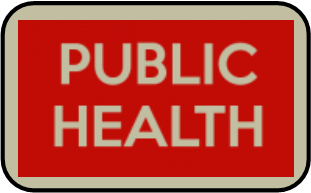

 r of unsheltered individuals in those cities went up 10.5 percent and the number of unsheltered people in homeless families grew by 18.8 percent, Governing revealed.
r of unsheltered individuals in those cities went up 10.5 percent and the number of unsheltered people in homeless families grew by 18.8 percent, Governing revealed.

 ents currently working on the Hartford Hand initiative. Each week, Welch and colleagues Yonathan Moshayev, Jake Green, Amber Sayer, and Stephen Sousa, spend several hours improving the current design to make the unique Hartford Hand a reality for patients.
ents currently working on the Hartford Hand initiative. Each week, Welch and colleagues Yonathan Moshayev, Jake Green, Amber Sayer, and Stephen Sousa, spend several hours improving the current design to make the unique Hartford Hand a reality for patients.


 Just over the city line in West Hartford, ShopRite supermarket (corner of Kane and Prospect Streets) is offering a series of free courses with a registered dietician to help individuals know “where to start on your path to becoming healthier.” The “Eat Well Be Happy” Weight Management Series begins on February 24, and will be held every Wednesday from 6-7:30 p.m., for six weeks. Each class focuses on a different topic including: meal planning, portion control, importance of fiber, protein and hydration and controlling sugar cravings, among others. Individual consultation is also available, and all nutritional services are available to customers free of charge. (Interested individuals can contact shana.griffin@wakefern.com)
Just over the city line in West Hartford, ShopRite supermarket (corner of Kane and Prospect Streets) is offering a series of free courses with a registered dietician to help individuals know “where to start on your path to becoming healthier.” The “Eat Well Be Happy” Weight Management Series begins on February 24, and will be held every Wednesday from 6-7:30 p.m., for six weeks. Each class focuses on a different topic including: meal planning, portion control, importance of fiber, protein and hydration and controlling sugar cravings, among others. Individual consultation is also available, and all nutritional services are available to customers free of charge. (Interested individuals can contact shana.griffin@wakefern.com)



























